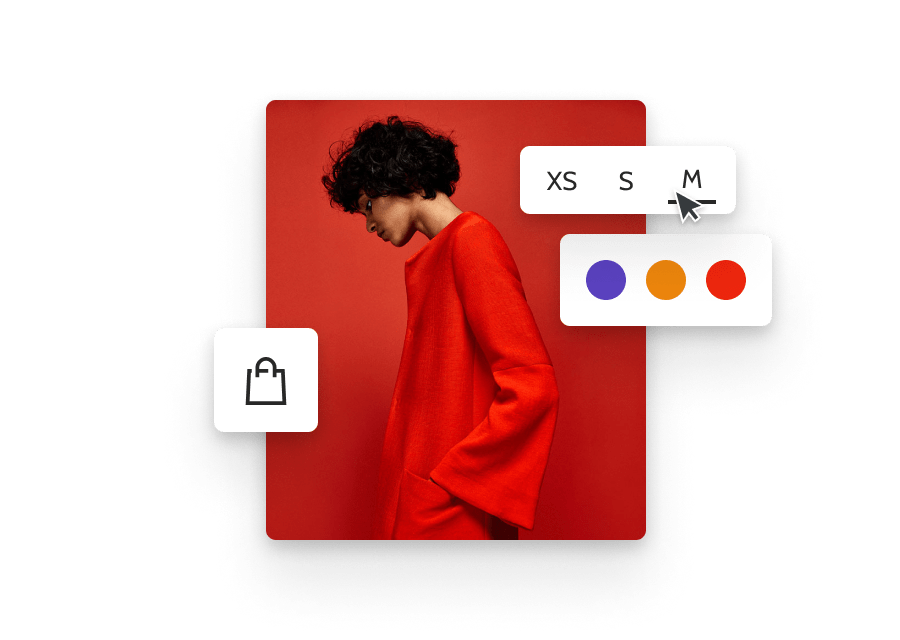Understanding Tabby Payment: A Comprehensive Guide
What is Tabby Payment?
Tabby Payment is a buy now, pay later (BNPL) service that enables consumers to make purchases immediately while allowing them to pay for those items in manageable installments. It presents an attractive financial solution for users seeking flexibility in their spending. This service is becoming increasingly popular among online consumers who wish to acquire products without the burden of immediate full payment.
The primary purpose of Tabby is to provide a seamless shopping experience that transcends traditional payment methods. When a consumer opts for Tabby at checkout, they can split the cost of their purchase into smaller, interest-free payments over a specified period. This model not only eases the financial strain on consumers but also encourages responsible spending by promoting budget management. In addition to individual users, merchants benefit from this service as it often leads to increased sales and customer loyalty, with many buyers preferring retailers that offer flexible payment options.
Tabby’s user interface is designed to be intuitive and accessible, facilitating a smooth experience for both consumers and merchants. To begin using Tabby Payment, users are required to register on the platform, which involves providing basic personal information and payment details. Once registered, consumers can explore various retailers partnered with Tabby, where they can select eligible purchases suitable for installment payments. Common categories of products range from electronics to fashion items, accommodating a diverse range of interests and needs.
Through its user-friendly process and structured payment plans, Tabby Payment stands at the forefront of the BNPL trend, making it an essential option for convenient and responsible shopping. By combining efficiency with usability, Tabby enhances consumer spending experiences while simultaneously supporting merchants in boosting their sales metrics.
How Tabby Payment Works
Tabby Payment is a modern payment solution that streamlines the purchasing process for consumers by offering flexible payment options at the point of sale. To initiate a transaction using Tabby, the consumer must select it as a payment method during the checkout process, whether online or in-store. This selection allows users to benefit from Tabby’s unique offering, which entails the ability to split their purchase into manageable installments.
Once Tabby is selected, the user proceeds to set up their account, if they haven’t already. This typically involves providing personal information for identity verification. After registration, the consumer can choose between various payment plans that are tailored to meet individual needs. Commonly offered plans include options for spreading payments over a few weeks or even months, allowing for greater financial flexibility.
As part of the transaction process, Tabby conducts a quick credit approval assessment to determine the financial eligibility of the user. This assessment ensures that consumers are matched with payment plans that suit their financial situation, minimizing the risk of default. Users can review their available limits and assess interest rates applicable to different plans. In many cases, Tabby offers interest-free installments, but it is crucial for users to be aware of any terms and associated fees that may apply, such as late payment charges or administration fees.
After confirming the payment plan, users finalize their purchase. Tabby manages the payment schedule, ensuring that reminders and notifications are sent ahead of due dates. This transparency helps consumers adhere to their financial commitments and avoid unexpected charges. Overall, understanding how Tabby Payment works enables consumers to make informed choices, facilitating a smoother shopping experience.
Benefits of Using Tabby Payment
Tabby Payment provides a wide array of benefits for both consumers and retailers, making it an increasingly popular choice in the payment landscape. One of the main advantages for consumers is the flexibility that Tabby offers in terms of payment options. With this payment solution, users can make purchases and choose to pay for them in instalments, without any immediate financial burden. This flexible payment structure allows consumers to engage in responsible spending, as they can better manage their budgets and cash flow effectively.
Retailers also stand to gain significantly from the integration of Tabby Payment within their sales model. By offering Tabby as a payment option, retailers can experience increased conversion rates. Customers are often more inclined to complete their purchases when they have the ability to pay over time, thereby reducing cart abandonment rates. This is particularly relevant in e-commerce, where consumers are looking for seamless and convenient payment methods that enhance their shopping experience.
Moreover, Tabby cultivates customer loyalty through its versatile payment options. When consumers find a payment solution that addresses their financial needs, they are more likely to return to the same retailer for future purchases. This increases customer retention, which is a crucial factor in driving long-term business success. Additionally, Tabby’s user-friendly interface and transparent terms foster trust among users, further solidifying their loyalty.
In essence, the benefits of utilizing Tabby Payment extend beyond just convenience; they encompass improved cash flow management for consumers and enhanced operational success for retailers. As this payment method continues to gain traction, its role in facilitating better financial choices and retail growth becomes increasingly significant.
Considerations and Limitations of Tabby Payment
While Tabby Payment offers a flexible solution for consumers looking to manage their purchases, there are several considerations and limitations that users should acknowledge before opting for this buy now, pay later (BNPL) service. One of the primary concerns is the risk of accumulating debt. The convenience of deferring payments may lead some users to overspend beyond their means, as the immediate financial burden is lessened. Consequently, it is essential for individuals to evaluate their financial situations and set strict budgets to avoid falling into a cycle of debt associated with BNPL services like Tabby.
Another critical limitation pertains to late payment penalties. Users who fail to make their payments on time may incur additional fees, which can compound financial difficulties. These penalties not only increase the overall cost of a purchase but can also lead to further hindrances in achieving financial stability. It is imperative for consumers to understand the terms of payment schedules clearly and to remain cognizant of their payment deadlines. Keeping track of these dates is essential to maintain financial control.
Furthermore, utilizing Tabby Payment may have implications for an individual’s credit score. Late payments or defaults can negatively impact credit ratings, making future borrowing more difficult and expensive. Potential users must weigh the convenience of Tabby against the potential long-term repercussions on their financial health. Understanding the broader consequences of using such services is crucial for making informed decisions.
In light of these considerations, it is vital for consumers to enhance their financial literacy when exploring BNPL options like Tabby. Proper awareness and understanding of both the advantages and limitations associated with Tabby Payment will empower users to make more responsible financial choices and foster a positive financial future.














